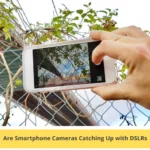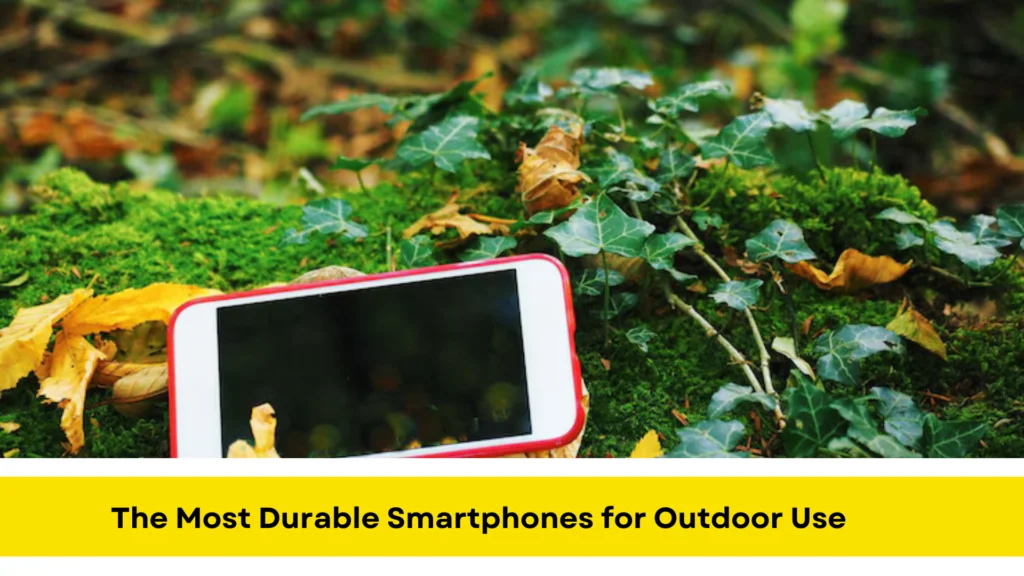Are Smartphone Cameras Catching Up with DSLRs. The battle between the mobile phone’s camera and its ability to capture high-quality photos has been going on for a while. Professional and amateur photographers alike frequently struggle with the following question: is a new smartphone adequate for taking stunning images, particularly in landscape photography, or it really required to invest in a state-of-the-art camera? With the speed at which mobile phones are evolving, smartphones have demonstrated remarkable image quality.
We shall examine if this debate required rather than announcing a winner. And for that reason, we can eventually state that the question that emerges is the most important one: does the author’s eye or inventiveness matter more in photography than the tool itself? The proliferation of cellphones in the field of photography Mobile photography remained a fascination until the end of the 2000s. Because of their low quality, the initial phones with cameras were primarily made to shared via MMS or saved as digital memories. However, everything changed in 2007 when the iPhone released. Within a few years, the smartphone emerged as a vital tool for documenting daily life.
Smartphone Capabilities in Landscape Photography

To the joy of both amateur and professional photographers, smartphone cameras’ sensors expanded in tandem with technological advancements, enabling greater resolutions and features like autofocus and portrait mode. The development of smartphone cameras Manufacturers of mobile phones have realized over time that the camera’s overall quality is a significant business component. Sensors have advanced, image processing algorithms have become more sophisticated, and features like multiple optical zooms, HDR, and night mode added.
In many cases, this development has made it possible for cellphones, even entry-level models, to take RAW pictures. The advent of artificial intelligence (AI) has allowed mobile photography to benefit by automatically optimizing the shooting settings by year. Furthermore, it has democratized photography, making it possible for more people to take high-quality pictures. Different facets in contrast to conventional photography unknowns Smartphones haven’t entirely replaced traditional cameras despite these enormous developments, particularly when it comes to landscape photography.
The Undeniable Advantages of Traditional Cameras

Due mostly to their larger tubes that act as sensors and collect more light with a better dynamic range, DSLR and mirrorless cameras continue to rule the raw image quality market. This especially true given that, in addition to their evident photographic potential, the technological ability to attach interchangeable lenses provides a degree of versatility and expression that no smartphone can match at this time. But it’s safe to say that the difference between the two is getting smaller, and for many people, a smartphone is a reliable tool to take stunning photos in any genre.
As a result, while regular cameras still have some unique advantages, the quick development of smartphones has pushed one of the genre’s primary limitations to the point where some would argue that the argument between cameras and smartphones ultimately unfounded. The caliber of sensors and lenses found in modern smartphones The photographic capabilities of contemporary cellphones have advanced significantly, particularly in the area of landscape photography. Modern cellphones’ sensors are almost identical to those of their predecessors.
The Limits of Smartphones: What You Should Not Do

These sensors specifically made to record a lot of details, even under poor lighting situations, even if they are not as intimidating as traditional photo sensors. Additionally, manufacturers have incorporated sophisticated lens systems, frequently containing several lenses that can employed in a single device, enabling a variety of viewpoints, from telephoto to ultra-wide angle. Thanks to these advancements, cellphones can now record breathtaking vistas with remarkable detail, vivid colors, and accuracy.
The search for smooth contrasts widespread in landscape photography, and technologies like HDR (High Dynamic Range) now commonly used to balance the light/shadow sections of a picture. referred to as smartphone applications, retouching, and revolution. When it comes to photographic tools, one of the primary advantages of smartphones is their instant processing and editing capabilities. Not even old photographs may be turned into vibrant artworks with the wide range of editing programs available.
Powerful Editing Apps for Instant Landscape Photo Enhancements

You can experiment with brightness, contrast, saturation, overlay filters, and effects with incredibly easy-to-use apps like Lightroom, Snapseed, or VSCO. Without downloading files on a computer, these tools enable the landscape photographer to enhance their shots right on the battlefield. For photographers who are constantly on the go, this flexibility is incredibly helpful because it allows them to transmit their photographs to clients or post them on social media quickly without sacrificing editing quality.
The best landscape images taken using a smartphone Many amateur and professional photographers have discovered that using a smartphone to take pictures of any kind of landscape is now simple. Here are some examples of images captured at national parks across the globe, like Yosemite or the Grand Canyon, where the power of our cellphones has allowed for the capture of these locations’ regal qualities with amazing image depth. The views, which are frequently captured with conventional cameras, feature mountains, dense forests, rocks, and throngs of people.



